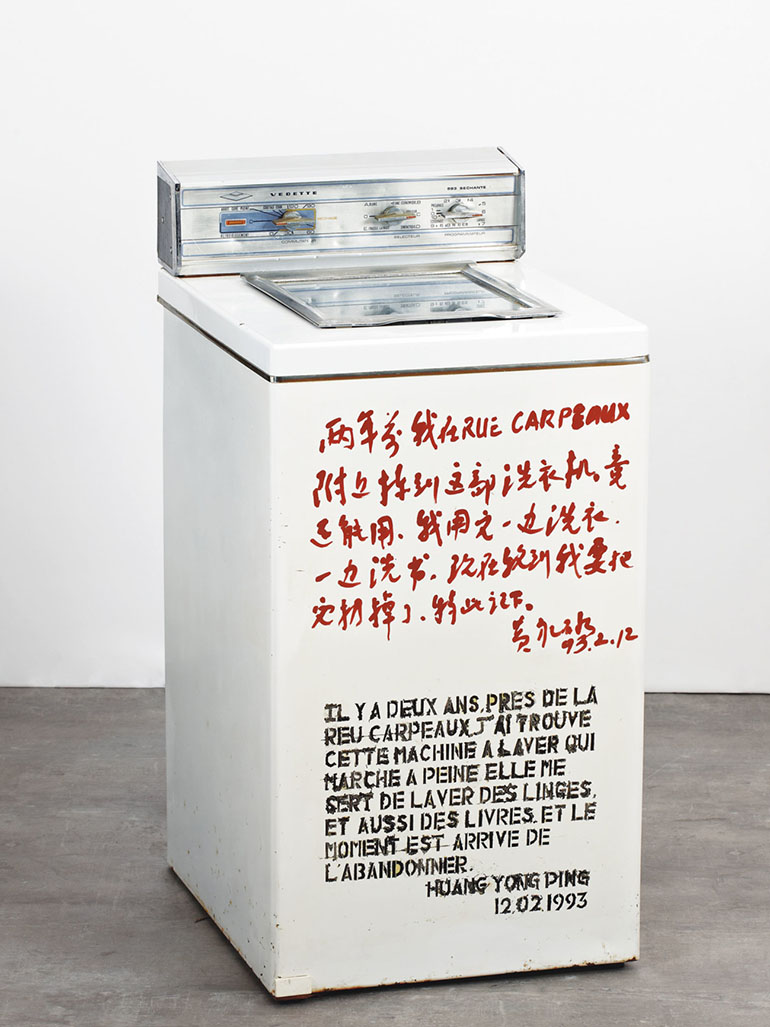Who is Hans Haacke?
Hans Haacke 1 was born in 1936 in Cologne 2, Germany. He studied at Staatliche Werkakademie in Kassel and later on worked as a guard and tour guide on the second documenta in 1959 in the same city. All this under the apprenticeship of, a well-known and rather an influential painter, Stanley William Hayter 34.
Haacke is mostly known for his monochromatic artworks. They argue towards liberating art and colors from its physical to its former metaphysical dimension. The artist organizes his work in pictures and portrays but not via traditional methods. He joined Zero 56, a group of artists who mostly used materials such as light, water, fire, and even kinetic materials. This was indeed a non-traditional method of portraying art.
His interest in real-life systems of governance and life gravitated him toward using art as criticism for both political and social networks. This was actually a bold statement as most art activists, regardless of their connections, were too subtle to dare such a movement. Hans Haacke was quite outspoken in his criticism all through his career. Hans Haacke mainly openly unfolded the connections between art museums, learning institutions, businesses, and politics. He, therefore, portrayed that through corporate donations of funds into art, the companies, therefore, gain favorable public relations growth. His MoMA Poll of 1970 portrays such criticism.
The MoMa Poll of 1970
Hans Haacke proposed an exhibition at the Museum of Modern Arts 7 in New York 8 that centered along the aspect of political sponsorship of the art world. His proposal was accepted, but rather than reveal his work to the institution beforehand, he cleverly kept it to himself until the opening of the show.
Hans Haacke came up with a smart and rather specific question regarding the impact and influence of the Rockefellers in the political scene. The Rockefellers were on the board of governors at the institution. It later surfaced that Governor Nelson Rockefeller, the then chairman of the board, had secretly endorsed Nixon’s policy on the Vietnam War.
The question was directly referencing this incident and asked if the act would influence not to re-elect Nixon in his second term campaign. Most votes cast leaned toward yes. This greatly shocked the institution and art world in general as artists criticizing the institutions that are hosting their works was unheard of.
The event led to the quick rise of institutional critique in the art sector and gained favor from the public. Moreso because the audience was offered a platform to air out their opinions of social and political systems through their participation in the MoMa Poll.
